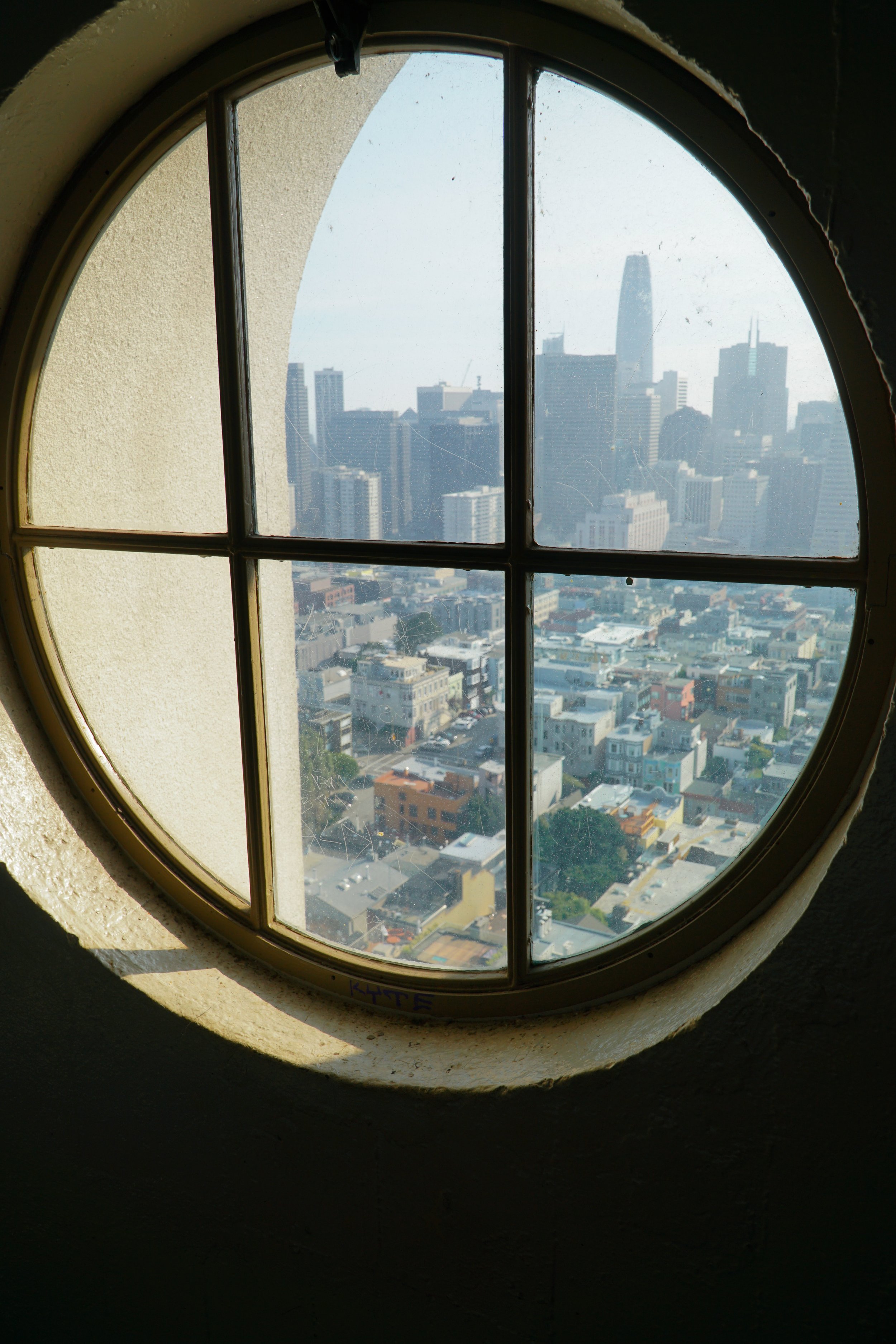
Coit Tower
Along with the Ferry Building and the Golden Gate Bridge, Coit Tower is one of the three most iconic structures in San Francisco—famous the world over as a symbol of the City by the Bay. Fittingly for a city that prides itself for marching to a different drummer, Coit Tower was erected at the bequest of one of San Francisco’s most eccentric and beloved characters: Lillie Hitchcock Coit.
An Landmark Steeped in History
Lillie Coit was a transplanted Southern belle, born to a wealthy Virginia plantation family in 1843. Her mother reportedly burned down their plantation rather than see it fall into the hands of squatters after she lost control of it. The passion for which Lillie became enduringly famous involved San Francisco firefighters.
As a young girl, she became enamored of one of the city’s volunteer fire brigades, Knickerbocker Engine Number 5. Over her parents’ objections, she answered the company’s alarms, riding along with them to the innumerable fires that plagued the instant city. The firemen adopted Lillie as a mascot and gave her a gold number 5 pin, which she never took off.



A Monument Becomes an Icon
Lillie lived a daring, racy life. The most sought-after belle in San Francisco, she was engaged 15 times, at one point to three naval officers simultaneously. She was a robust drinker and an expert poker player whose elopement with a local bon vivant so scandalized her parents that they disowned her. (They made up and became neighbors, living in the Palace Hotel.) In 1929, Lillie died at the age of 88. Many San Francisco firemen attended her funeral.
In her will, Lillie specified that $100,000 be used for the beautification of San Francisco “the City I loved.” City officials and her heirs decided to build two memorials: Coit Tower, and the monument to the city’s volunteer fire departments that now stands in Washington Square. The two monuments commemorate the woman whom the San Francisco Chronicle called “The most original woman California has produced.”

Contrary to legend, it was not intended to look like a fire-hose nozzle

